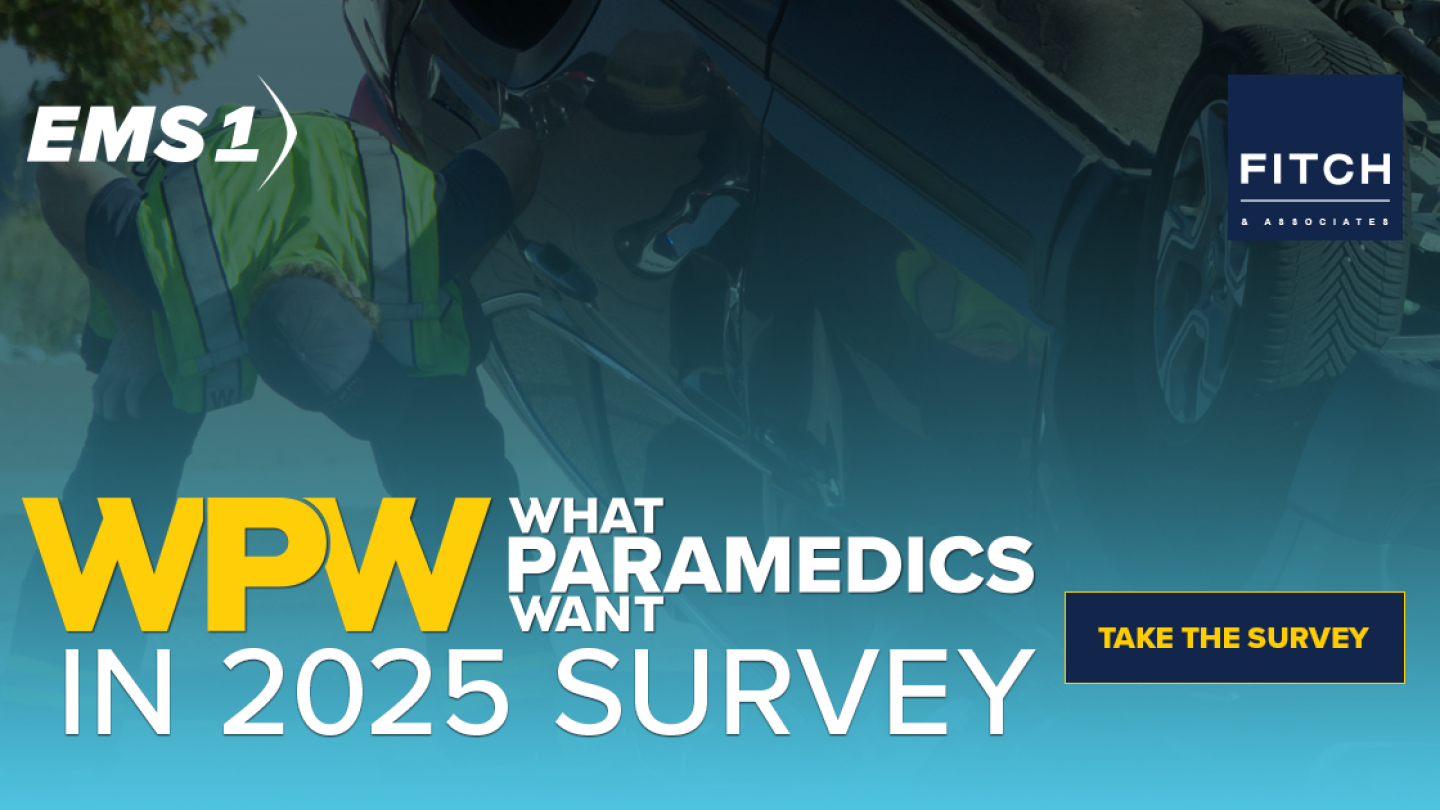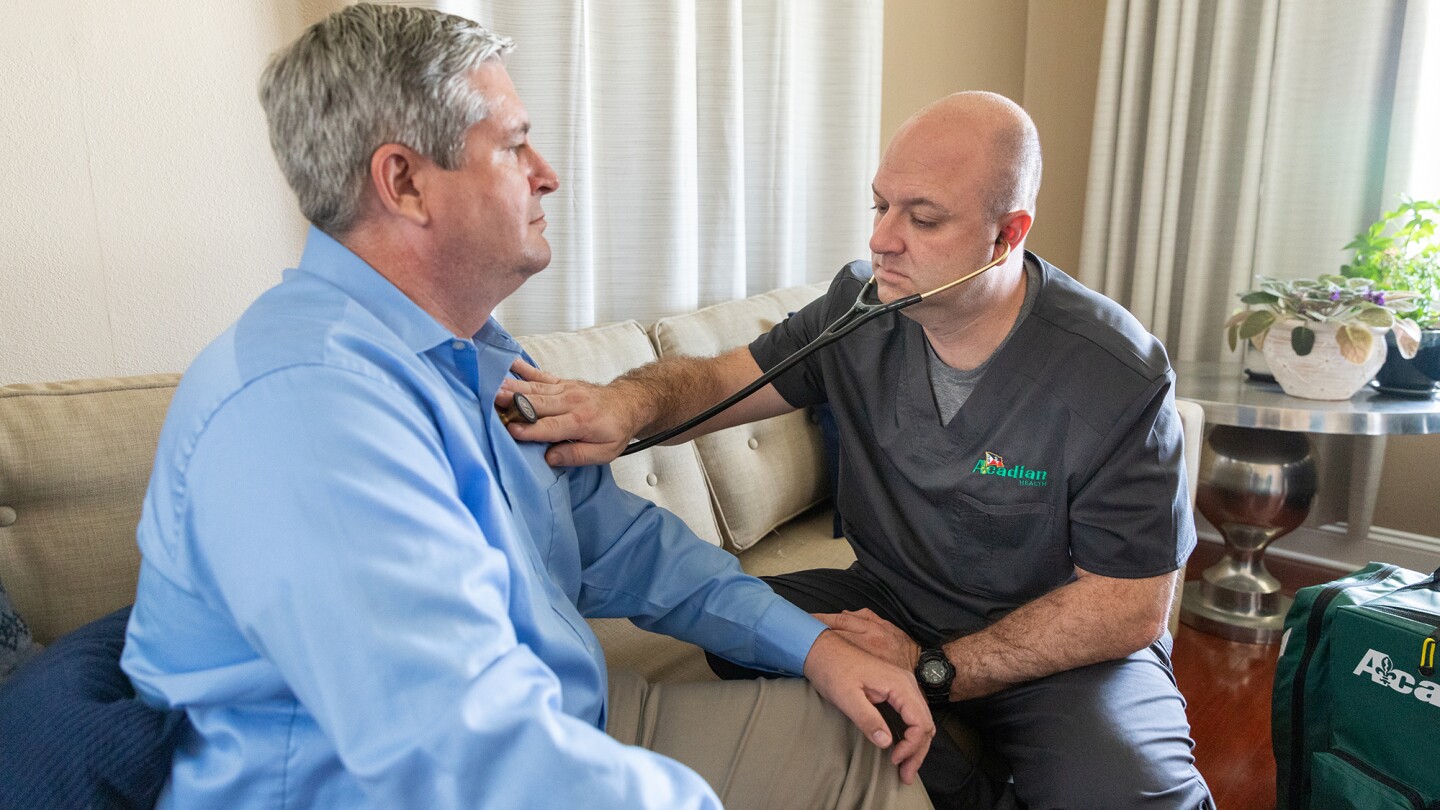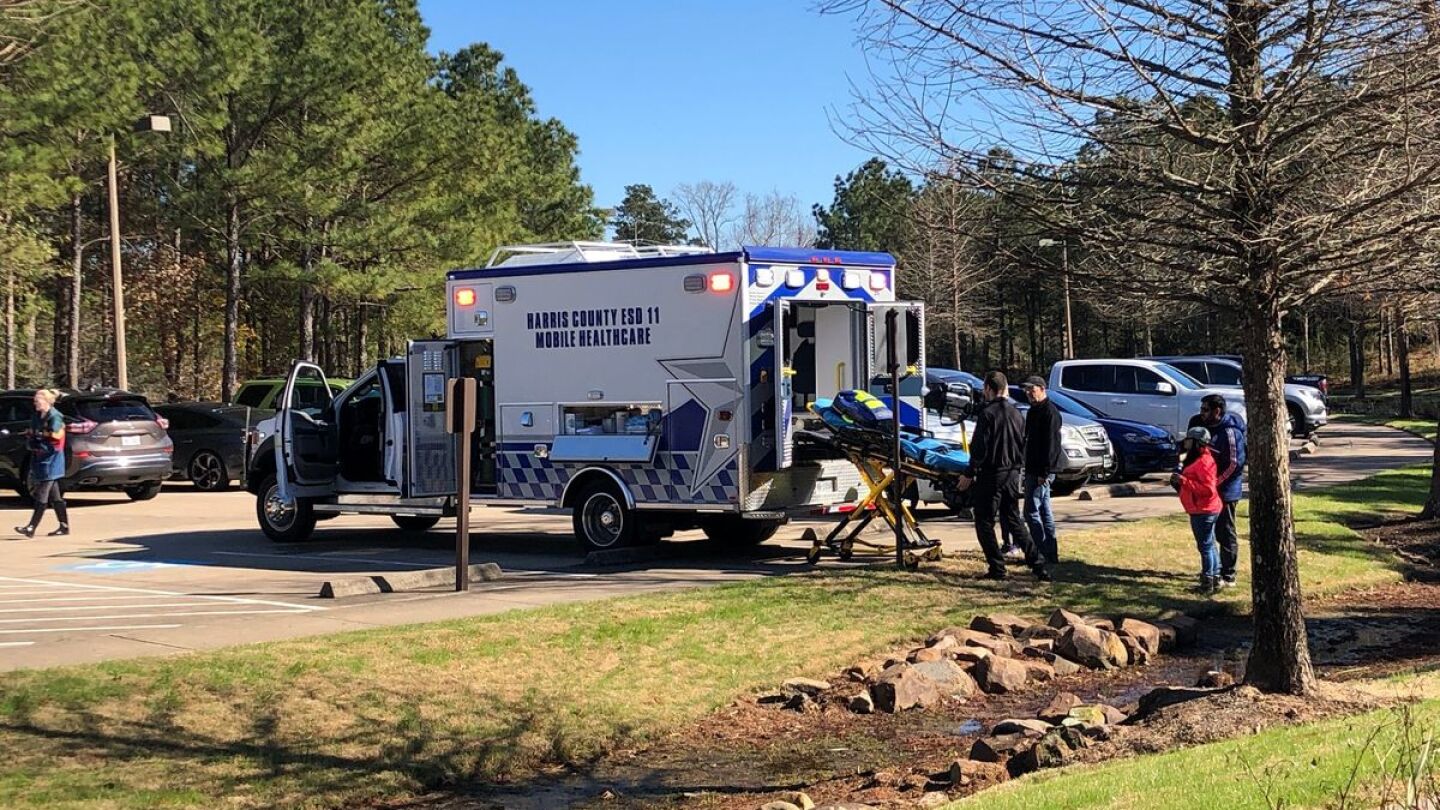Community Paramedicine
Access our Community Paramedicine directory, offering valuable information on innovative models of care that extend the role of paramedics beyond emergency response. This collection includes articles on preventive care, chronic disease management, and partnerships with healthcare providers to deliver comprehensive care in the community. Understanding community paramedicine is key to improving public health and reducing hospital admissions. For more related content, visit our section on Integrated Care. Stay informed and explore the future of EMS with our resources on community paramedicine.
Prisma Health’s community paramedics are leading with compassion and evidence, tackling addiction, rural care gaps and chronic conditions in real time
Lessons from a learning community, Part 3
From post-9/11 to post-COVID, EMS leaders reflect on systemic cracks — and what must happen now to rebuild a future that works for patients and providers
The fire department plans to use nurses to handle non-emergency calls, freeing up EMS crews for more urgent responses
Join Mike Taigman, Chris Carlson and Daniel Brown to explore how data-driven decisions, BLS units, telehealth and nurse advice lines can reshape emergency services — without risking lives
Honolulu unveiled 16 new and refurbished EMS vehicles—including its first MCI bus—to enhance emergency response across Oahu, with each rig blessed in a traditional Hawaiian ceremony
Community paramedicine programs across Maine were dealt a major setback after federal grants were abruptly terminated, leaving departments without crucial funding to provide proactive care
A guide to securing grants, building partnerships and sustaining MIH-CP programs
Lexington’s Community Paramedicine Program responds to over 45,000 calls annually and has an annual budget of over $1.1 million
Your pay, your role and your resources are on the line; here’s what EMS leaders are fighting for now
Rep. Jason Smith has emerged as a leading advocate for EMS, driving key legislation to improve reimbursement models and expand access through community paramedicine initiatives
Spokane’s CARES team added three new social workers to expand support for people facing addiction, homelessness and mental health crises, thanks to $500K in opioid settlement funds
These sources of start-up and long-term funding can help launch and provide economic sustainability for mobile integrated health care
Naperville’s CART started full-time service in January, responding to mental health crises and community paramedicine calls
The Sandy Springs program will be combined with a telehealth program to reduce the strain on emergency departments
Lake County’s new Mobile Integrated Healthcare program helps reduce strain on emergency services by providing in-home care for frequent 911 callers
Willimantic’s in-house social worker connects patients with resources needed outside of emergency response
About 20% of Louisiana’s Medicaid patients visit emergency rooms an average of 17 times per year, often for non-urgent issues or due to social barriers like lack of transportation,
With over 30 years of EMS leadership in both the U.S. and the U.K., Lawrence brings extensive experience to support AIMHI’s mission
Fla. county EMS receives CAMTS accreditation in mobile integrated healthcare, community paramedicine
Manatee County EMS has become the first in Florida and only the second in the U.S. to earn full accreditation under CAMTS Mobile Integrated Healthcare Standards
Transitioning to a healthcare system that embraces and reimburses community-based EMS care
Community collaboration, harm reduction models and policy changes can ease the burden on EMS workers and improve patient outcomes
The proposed legislation would direct the Maine Board of Pharmacy to create rules and oversight of remote pharmacies in rural areas
Compare the latest glucometers with cutting-edge features, from fast results to app integration, and find your perfect match today
“As healthcare professionals, it is not the purview of EMS providers to judge our patients. It is our job to care for them”
Helping a fall patient back into bed, a chair or onto the ambulance cot should launch risk mitigation in the patient’s home to prevent future falls
Allegheny County’s Alternative Response Unit pilot program is designed to assist with behavioral and mental health crisis calls

EMS Trend Survey seeks input for What Paramedics Want in 2025 report
The state-of-the industry survey focuses on wellness, career development and satisfaction in EMS
Harris County ESD11 Mobile Healthcare developed 10 commandments to set initial expectations while onboarding 200 paramedics
The Joilet Fire Department will receive the 2025 Excellence in Fire Service-Based EMS Award from CFSI and Masimo for its innovations in EMS
The Huron Township Public Safety Department’s registry is a source of critical information for first responders when assisting seniors and others in emergency situations
Sedro-Woolley and Burlington fire departments will start a two-year community paramedicine program to provide specialized care for people they have seen most often on 911 calls
Pill organizers and dispensers that help prevent missed doses, overdoses and interactions
MOST POPULAR
- JAMA research finds cash stipends for low-income people could reduce ED visits
- Honolulu EMS holds blessing of the fleet for new and refurbished rigs
- 3 ways community paramedics can assist with after-stroke care
- New W.Va. law allows EMS providers to ‘treat-in-place’ at homes instead of transport
- Orifices: The ins and outs of the human body


































